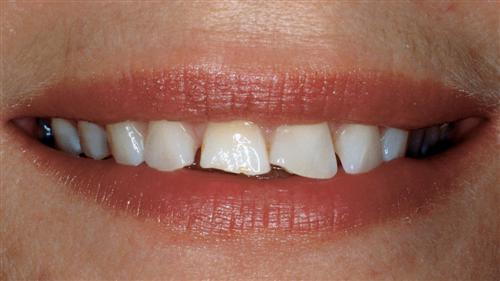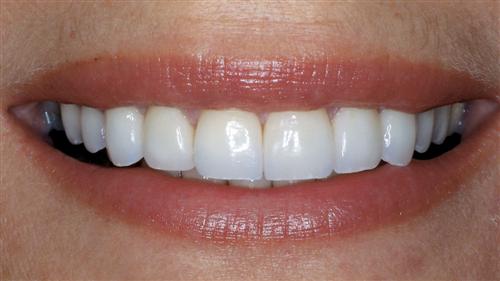Chipped Teeth
What Causes Teeth to Chip?
There are many factors that can cause a tooth to chip. Cavities and weak enamel undermine the overall strength of a tooth, and a root canal may lead to brittleness. Often, chipped teeth are simply the result of an accident where a chip was broken off by force. Whatever the cause, it is essential to visit a dentist promptly, even if there is no pain. Chipped teeth can be repaired by applying crowns, veneers, or new fillings in some cases. If a tooth is severely fractured, it may need to be replaced with a dental implant, although extraction is comparatively rare.
Fixing Chipped Teeth
To avoid further problems in the future, chipped teeth should be repaired right away. One common form of tooth repair is called tooth reshaping. This is somewhat of an instant fix and is generally best-suited to small chips. In any case, a dentist will take an x-ray to see if there are any additional causes for concern and to make sure that the tooth is strong enough to handle the procedure.
In this process, very small amounts of enamel are removed with a drill or specialized laser, after which abrasive strips are used to shape the sides of the tooth. After this, a veneer or other coating will be applied and shaped to the natural form of the tooth. This is usually an inexpensive process, and is good for repairing small chips and other minor problems. A similar procedure known as bonding can also fix chips and other imperfections.
In the case of very minor damage, enamel shaping may be the best option. If the chip is small enough that 99% of the tooth is still intact, then white dental composite, also used for fillings, can be used to patch up surface damage. This procedure is simple enough that it can often be done without anesthetic.
For very badly chipped teeth, the best solution may be a veneer made of porcelain. Porcelain veneers are permanent hard coverings that a dentist places over one or more teeth which have the effect of repairing chipped teeth and whitening them all at once. In applying porcelain veneers, the dentist will remove a small amount of the tooth’s enamel all around, usually to a depth of about 0.02 inches (0.5 mm).
A cast of the teeth is taken at this point, from which the veneers are made, over the course of a few days or weeks. Temporary veneers are worn in the interim. Once the permanent veneers are ready, they are bonded into place with a special cement which hardens immediately when exposed to a certain wavelength of blue light.



